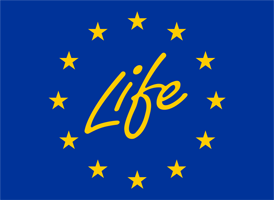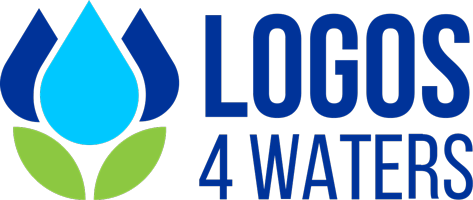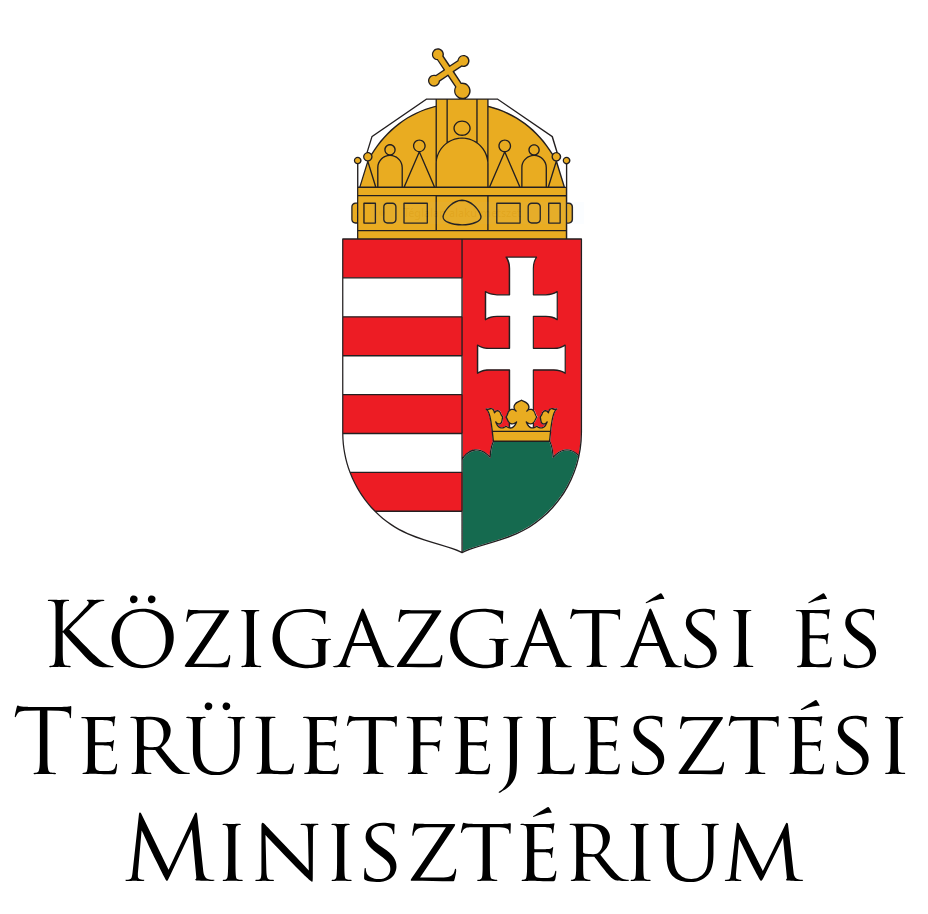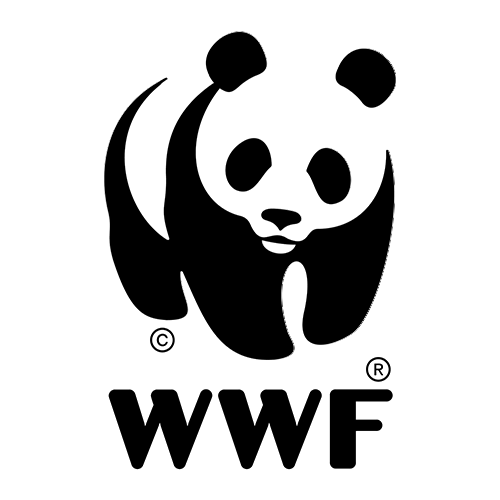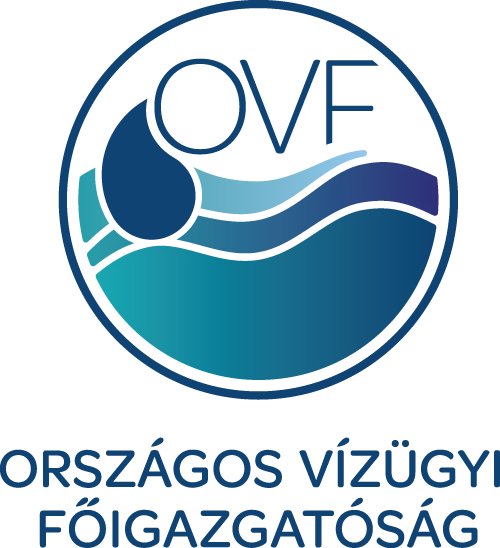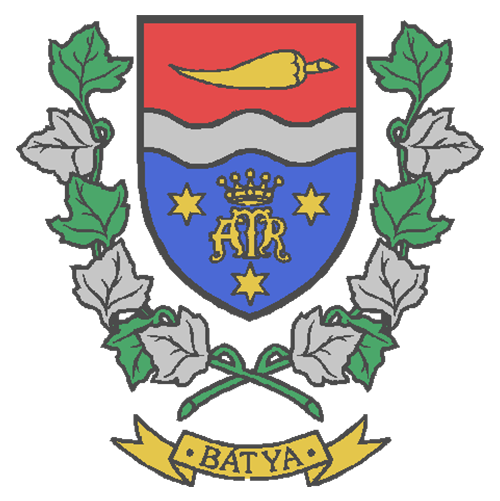Natural water retention measures (NWRMs)
”Hungary is a water superpower!” – it is often said. However, this is only true to the extent that a lot of water enters the country on our major rivers, but a significant proportion of it leaves at our southern borders. Thus, the more precise phrase would be that Hungary is a country of the run-offs.
Hungary and the Carpathian Basin are in a water-losing position, and if we do not urgently change our water management habits, there will be unforeseeable environmental, social and economic consequences. But drying out is not the only threat to our country. Climate change is increasing the frequency and unpredictability of extreme weather events: too much water (floods, flash floods, inland flooding and too little water (droughts) cause problems in the settlements. How could we respond to these climate changes induced local challenges? The answer is implementation of natural water retention measures (NWRMs), which are quite effective adaptation tools at municipal and at water catchment level.
These are solutions whose primary purpose is to increase the water storage capacities of soils and wetland habitats. These are, in the majority of the cases, small scale solutions retaining surface water, such as rivers and streams, or run-off waters after rains, so as to release it slowly and in a controlled way, back into the environment, to balance differences between periods of water scarce and water surplus periods. This practice contributes to the rehabilitation of the water cycle of small regions, simultaneously with water retention.
These solutions are not new in themselves; they have long been used extensively and some of them may have had different names. These include, for example, sustainable rainwater management systems, shelterbelts, wetland habitat reconstruction and storm water reservoirs. What’s new is the recognition that the extensive carefully planned application of such solutions at multiple sites is capable of making a significantly greater impacts, at regional or even national level, enabling even the substitution or supplementation of the more expensive grey infrastructure.
What are natural water retention measures (NWRMs)?
These are multifunctional solutions protecting water resources and contributing to resolving other water-related issues based on automatically functioning natural processes through restoring and maintaining ecosystems. The purpose of their use is to enhance the water storage capacity of habitats, soil and subsurface aquifers while improving the state and condition of waters and water-dependent ecosystems. They expand the green infrastructure network, improve the status of waters in terms of quantitative and qualitative parameters, reduce vulnerability to droughts, heat waves as well as floods through natural processes, by strengthening the so-called ecosystem-services. Moreover, they provide a lot of co-benefits, in terms of erosion control, soil protection, the creation and preservation of natural habitats, microclimate regulation and the creation of recreational possibilities. Their application helps mitigating climate change and adaptation to its impacts.
Their key advantage however, lies in providing a variety of co-benefits besides this function; in contrast to, for example, the grey infrastructure solutions which tend to perform one or another specific function efficiently and effectively without providing any co-benefit, indeed, in some cases creating new tasks to be tackled by other sectors. An additional benefit of natural water retention measures is that not only water engineering or construction companies can be involved in implementation, but also municipalities, farmers and businesses. In this way, natural water retention measures also support the adaptation of local stakeholders to climate change.
Features and co-benefits of natural water retention measures

Small-scale
Typically it is not a single large investment, but rather a series of smaller, interdependent developments that can work well as a complex system.

Cost-effective
More small interventions cost less, so the cost of these improvements is lower compared to traditional grey infrastructure solutions (depending on the solution, but typically below 50 million HUF).

Close-to-nature solution
Ecological considerations are taken into account from the planning stage onwards, in order to preserve biodiversity and maintain harmony between human and nature. In addition to concrete, construction with natural - even local - materials (e.g. stone, gravel, wood) is common.

Greener environment
A "greener" solution will allow nature to quickly reclaim the affected area, making the flora and fauna even more diverse. Evaporation of a water reservoir e.g. improves the microclimate, nourishes the vegetation, provides a fresh green environment.

Protection for the settlement
In a number of cases, it contributes to the protection of the settlement. For example, a runoff-slowing leaky woody dam system for a hilly municipality can provide strong support for local protection.

Attractive townscape
In many cases, these solutions can give new meaning and a new useful function to municipal land that was previously abandoned or unused. In this way, such an investment can also make a significant contribution to improving the townscape.
Types and application areas of the natural water retention measures
There are two main groups of natural water retention measures. The first type of NWRMs provide for the direct modification of ecosystems, while the second type consists of measures that include adaptation and awareness-raising activities in land use and water management practices. These are agriculture, forestry, urban area and hydro-morphology.

By their nature, there are many different types of NWRM solutions in the world. The www.nwrm.eu website of the European Union compiled with Hungarian participation, and it distinguishes a total of 53 types of NWRMs according to the four main sectors of the measures. The list drawn up by the European Commission shows a comprehensive and wide range of NWRMs, but this is not exhaustive.
Implemented NWRM pilot projects in Hungary
The LIFE-MICACC project entitled “Municipalities as integrators and coordinators in adaptation to climate change” was launched on 1 September 2017, coordinated by Ministry of the Interior of Hungary and with the participation of nine associated partners, ended on 30th November 2021. The project focuses on the key role of municipalities in local adaptation and on natural water retention. Within the framework of the LIFE-MICACC project, different types of natural water retention measures for the treatment of various water-related climatic problems were implemented in designated area of intervention of 5 small settlements in Hungary (Bátya, Püspökszilágy, Rákócziújfalu, Ruzsa, Tiszatarján).

